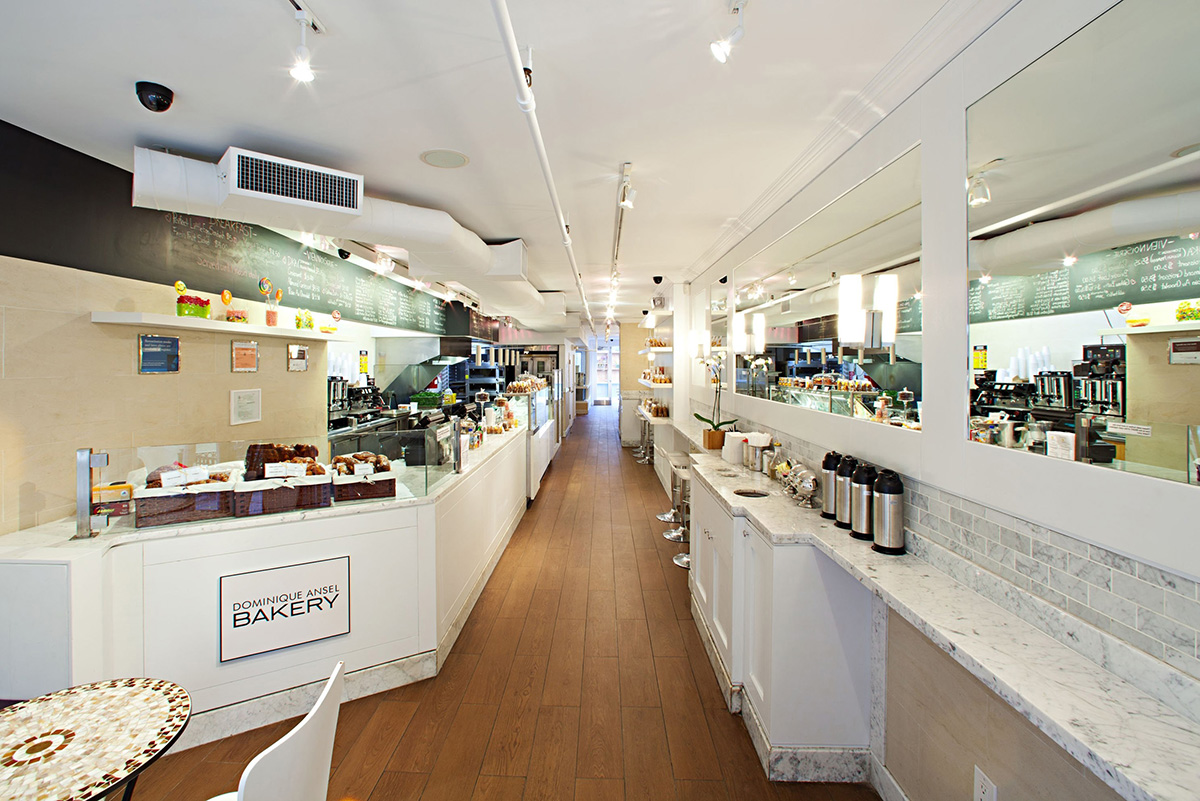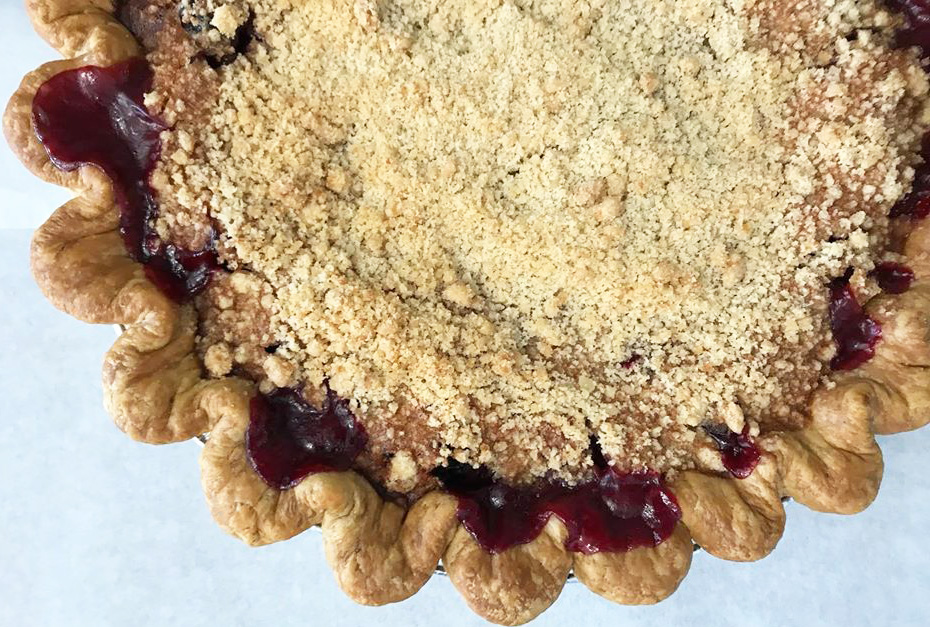Dog walkers corralling their herd. Children racing home from school. Patrons laughing over frothy cappuccinos and scones from their sidewalk table outside the local coffee shop. These are the sounds that are supposed to ring from the city as leaves begin returning to the tree-lined streets of Manhattan. As winter rolls into spring, New York City begins to come alive again.
This year, the first day of spring was met with emptiness. Schools were closed and “social distancing” had become a part of everybody’s lexicon. The sounds that we were supposed to hear were absent from the air. In the year of COVID-19 there was only one sound that replaced the normal hustle and bustle of The Big Apple.
Sirens.
It’s hard to believe that just 20 days before spring greeted our great city, life had been relatively normal. There still had not been any confirmed cases of COVID-19 in the state and life had yet to begin its shift, but anyone watching the news and following along on social media knew that change was coming.
"It was strange to watch it develop on the other side of the world but not know how or when it would hit us,” says Melissa Elsen, co-founder of The Four & Twenty Blackbirds Pie Shop in Brooklyn. “But in early March we started to realize we needed to prepare, and then everything fell like dominoes.”
On March 1st, the first COVID-19 patient was confirmed in New York City. By the 20th, over 8,000 cases were reported in the state, New York City schools had closed and Governor Andrew Cuomo ordered all non-essential business to shutter until further notice - meaning all restaurants and bakeries were no longer allowed to accept dine-in customers.
“We had to weigh the options of how to proceed with business - whether to stay open for take-out and delivery or close altogether,” Elsen says.
Making the bakery safe

Within a week of the governor’s order, over 369,000 unemployment insurance claims were filed in New York according to the New York State Department of Labor. Nearly every restaurant and bakery in the state was forced to furlough and lay off employees. Eliminating dine-in customers forced the industry to reimagine a whole business model focused on take-out orders and deliveries.
Most importantly, bakeries needed to figure out how to keep everyone safe if they planned to stay open in what had become the epicenter of a global pandemic.
“We have a full health and safety plan for our employees, guests and third-party vendors,” says Jessica Cheng, public relations director for the Dominique Ansel Group, a chain of bakeries founded in NYC in 2011.
“It’s something that is evolving and changing daily as we educate ourselves and get more information from the government and CDC. From mandatory masks and gloves since the beginning, to socially-distanced line markers, to plexiglass shields, screening and temperature checks - we are working on it daily to do our best.”
Even with safety measures in place, the world was different and customers still needed time to learn, adjust and understand what was happening.
“People were nervous and apprehensive,” Elsen says of The Four & Twenty Blackbird customers. “Most people cooperated and were supportive and positive - they were happy we stayed open and happy to continue to support.”
Delivery is helping
With more people staying at home, the food delivery service industry has skyrocketed. In fact, through May 2020, sales have more than doubled year over year according to research from Second Measure. People do not want to go out into the world right now and they are willing to pay others to do it for them.
For bakeries in New York City, this has been a lifeline, especially during the early stages of the pandemic.
“Yes, business was slower and still is,” Elsen says. Not all news was bad, though. “Our on-demand delivery increased dramatically.”
Another positive is that for bakeries, it can be a much simpler transition from business-as-usual to a take-out and delivery only model than other restaurants. Many items being sold do not need to be made to order and are typically prepared earlier in the day. Restaurants on the other hand need time to prepare meals and are often best served right out of the oven. While the same can be said about the latter for baked goods, a fresh loaf of bread cooled to room temperature is still delicious, but cold spaghetti - it loses its appeal.
“Our popular items still remained popular through it all,” Cheng says. “But there was also more of a demand for simpler items and staples like fresh breads.”
Dominique Ansel Bakery, whose popularity was spurred by the creation of the Cronut, understood that sometimes, it’s the simple things needed by the masses.
Adapting to changes

“There has been a significant exodus of people from the city, and no tourism, so our client base has been reduced,” Elsen says. While staying at home has hurt business, the lack of people visiting New York City also plays a huge role.
In 2019, New York City welcomes over 65 million visitors according to NYC and Company, the official destination marketing organization and convention and visitors bureau for the five boroughs of New York City. Since March, tourism has essentially come to a halt. Times Square is empty. Broadway is dark. Lady Liberty stands on an island by herself.
Typically, spring is a season that bakers love. From Easter to Passover to Mother’s Day and Father’s Day, it feels like every weekend is another excuse for families to get together which means lots and lots of eating. During a pandemic, this simply isn’t the case. People aren’t traveling, gatherings are being limited in size by the state and far too many pies are being left uneaten.
“Easter was most definitely impacted,” Cheng says. “In April, when the city was fully on lockdown, sales were pretty much the bottom.”
Holiday weekends tend to drive large sales boosts for bakeries, so by avoiding gatherings in order to stay safe, we also end up passing on the baked goods we normally buy.
As COVID-19 cases began dropping in New York City, it started to feel like there might be a light at the end of the tunnel. For the Dominique Ansel Bakery, that light really shined through on Mother’s Day.
“The Cronut's 7th birthday fell on Mother's Day this year, and coincidentally, it was the very same day Dominique became a father for the first time.”
Not all is dark in the time of a pandemic.
Optimism going forward
“By continuing to patronize us and spreading the word on social media and word of mouth that we stayed open - we definitely had a lot of local community support,” Elsen says. “Phase two has allowed us to put out our benches and we intend to add outside seating.”
New York City has started lifting its restrictions to businesses and individuals in phases beginning in June. While phase one of reopening didn’t have much of an impact on the food and drink industry, phase two allowed for outdoor seating at restaurants. It doesn’t let most establishments operate at full capacity just yet, but it provides a very welcome boost to all.
“We were able to reopen our outdoor garden area, but it's still a very limited amount of outdoor seating there currently,” Cheng says of their SoHo location. “We've always been proud to be a part of our SoHo neighborhood, and it's wonderful that New York always supports New York.”
As spring rolled into summer, there was a different sound coming from the streets. The sirens have stopped, and the laughing men are back at their sidewalk table, enjoying their cappuccinos. Playgrounds are open and filled with mask-wearing children. New York City has been on life support and is far from recovered, but we are starting to see it come alive again.
We are far from out of the woods yet, but signs continue to be positive that the virus is receding in New York. Plexiglass barriers and six-foot distances will continue to be the norm for a while, but that is ok. As we watch our news broadcasts and follow along on social media, it is clear than change is once again coming to New York City. This time, a change back to normalcy.
Kevin Lawless is a New York City resident and a 2011 graduate of the University of Missouri School of Journalism.




